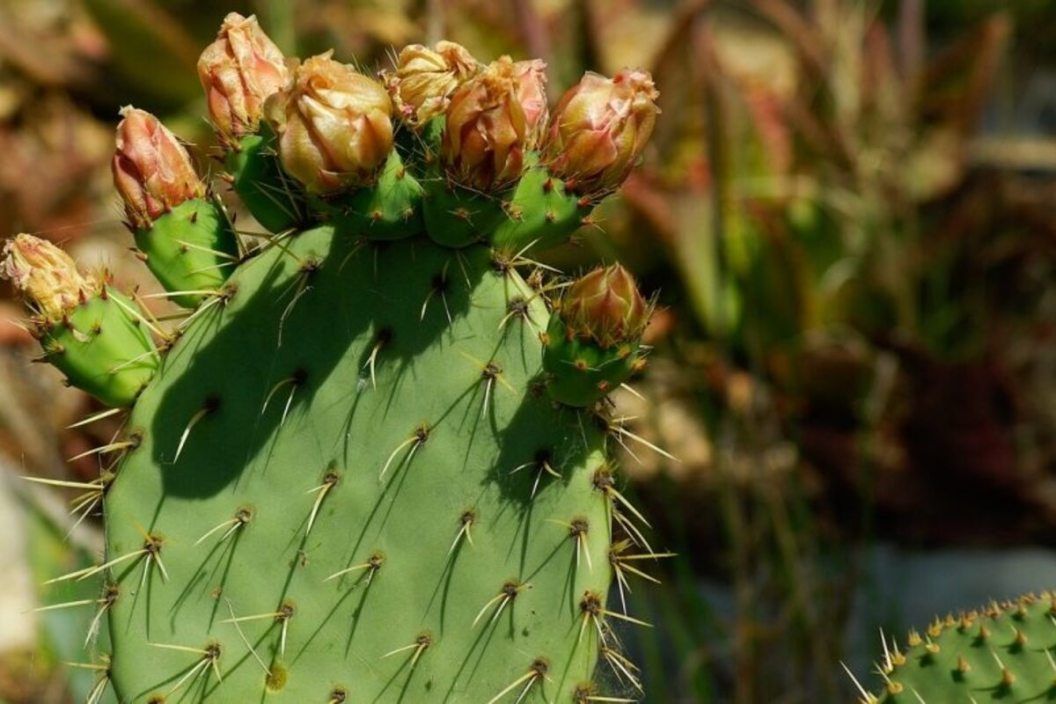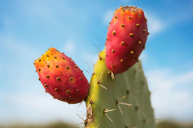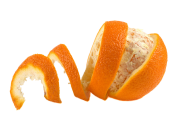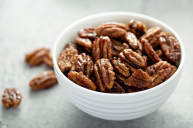I don't know about you, but I keep seeing prickly pear pop up these days. It started with prickly pear flavored beer and then went on to using the prickly pear juice in margaritas. Then, I saw it like jam, jellies, sorbet recipes, simple syrup, marinades, salads - I even found a recipe for a scrambled egg dish! This food has become super popular in the last few years, and apparently, there's a good reason for that. It doesn't just taste good - prickly pear health benefitsare numerous.
Videos by Wide Open Country
We wanted to dig in and find out what the deal is with this cactus. After doing our research, we can confirm that prickly pear has some serious health benefits. You'll definitely want to read up on everything there is to know about this Texas state plant.
What is a prickly pear?
https://www.instagram.com/p/CUCJLJPMiUn/
Before we dive into prickly pear health benefits, we should probably clear up what this cactus is. While it's new to American cuisine, this ingredient isn't anything new to Mexico and Central America, where it is a staple food. The prickly pear (opuntia ficus-indica) — sometimes known as tuna (fruit), sabra, Indian fig, nopal (paddle) from the Nahuatl word n?palli — grows in hot, arid areas and, although it's covered in spikes, it's completely edible. There are three parts to a prickly pear cactus:
- Nopales - These are the cactus pads, and their another common name for prickly pear. They can be scrambled into eggs, tossed with pasta, and generally eaten as a vegetable. You might find them a little bit slimy, so preparation is key!
- Flower Petals - Like most cacti, the prickly pear blooms each year. The flowers are gorgeous and are edible. They can be used as a garnish to meat dishes or added to salads for color.
- Prickly Pear Fruit - The cactus pear itself is the fruit of the cacti, and it's completely edible. Well...once you remove the outer peel, which contains small spines that can cause discomfort. But this cactus extract is well worth it!
What are the health benefits?
Now let's dive into prickly pear health benefits and why some consider the nopal cactus it a superfood! I think you'll find that in addition to its watermelon-like flavor, the health benefits make this Mexican cactus fruit worth eating. They're a good source of vitamins and minerals like vitamin K, magnesium, and vitamin A. They also have phytonutrients, anti-inflammatory properties, and are high in fiber, antioxidants, and carotenoids.
Despite its many health benefits, some people do have side effects when eating prickly pear, such as bloating, mild diarrhea, and headache, so start with a small amount when eating this superfood! (Keep in mind that adding prickly pear into your diet should be considered a supplementation to other health care strides, and not your only health change. As always, seek medical advice if you have any concerns.)
1. Weight Loss
Because prickly pear is high and fiber and low in calories and carbohydrates, it makes a great addition to your weight loss plan. The fiber will fill you up and keep you from overeating (or snacking later on in the day). Consuming a high-fiber diet is a great way to lose some body weight, and it's also a key component in preventing obesity.
2. Disease Prevention
Prickly pear is rich with polyphenols, flavonoids, and betalains - all of which are antioxidant compounds that work hard to neutralize free radicals. This antioxidant activity means your healthy cells are less likely to mutate into cancerous cells, therefore preventing the onset of cancer.
The antioxidant properties can also work hard to prevent heart disease, prevent degeneration in the eyes and reduce the risk of cataracts, and prevent the onset of Alzheimer's.
3. Immunity Booster
Want a boost to your immune system? One serving if prickly pear will get you 1/3 of the way to your daily value requirements of vitamin C. This vitamin is a major component to immune health and producing and stimulating white blood cells.
4. Improved Digestion
Thanks to the high dietary fiber content of prickly pears, these cacti can help move foods along your digestive tract. The compounds in prickly pear also reduce internal inflammation, so your body will be able to digest foods more efficiently. That means less constipation, diarrhea, and bloating and an increased chance of avoiding ulcers and colon cancer.
5. Strengthen Teeth and Bones
Vegans celebrate - you don't need dairy, because one prickly pear will provide 6 percent of your daily requirements of calcium. More calcium means stronger teeth and bones, but it also helps keep your cholesterol in check and prevent complications related to high cholesterol.
6. Decrease the Risk of Diabetes
We've already mentioned that prickly pear is a high-fiber food, but did you know that diets rich in soluble fiber may help control and lower blood sugar levels, blood glucose, and blood cholesterol levels? That means a decreased risk of type 2 diabetes, just by eating a prickly pear!
7. Heart Health
All that fiber also helps protect your heart. That will lower your risk of high cholesterol, which increases your chances of contracting heart disease which leads to heart attack and stroke. Another one of the health benefits of prickly pear is that the potassium in prickly pear also reduces high blood pressure, dilating your blood vessels and reducing strain on your system. To boost your cardiovascular health, consider this natural treat.
So, are you ready to try eating cactus?
This article was first published on September 21, 2018.





